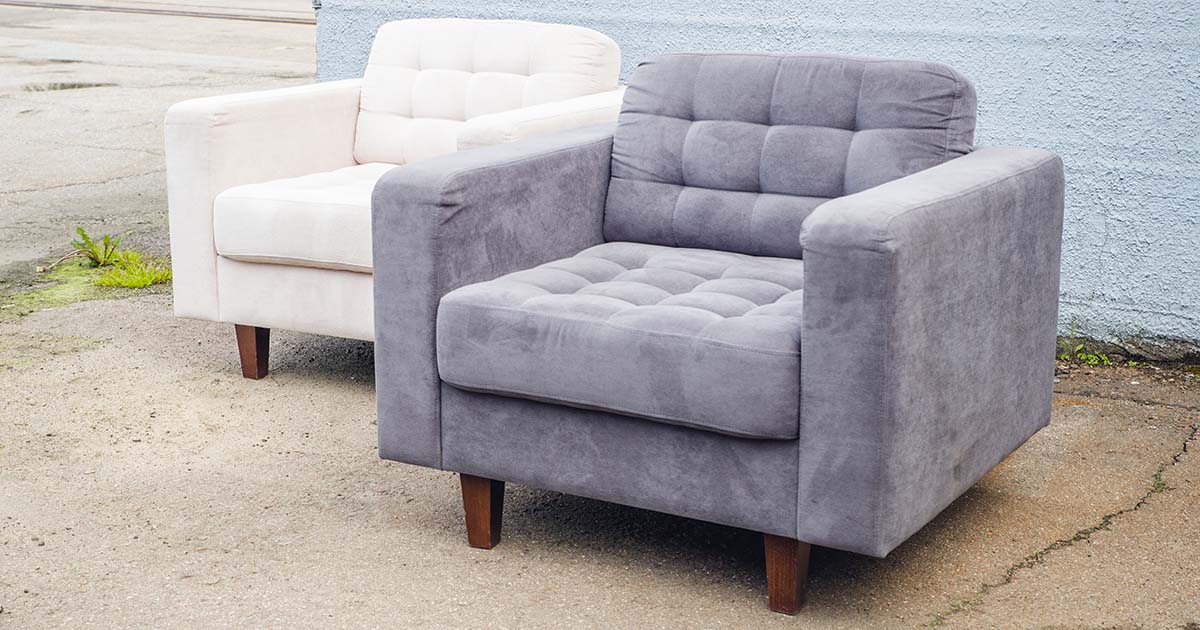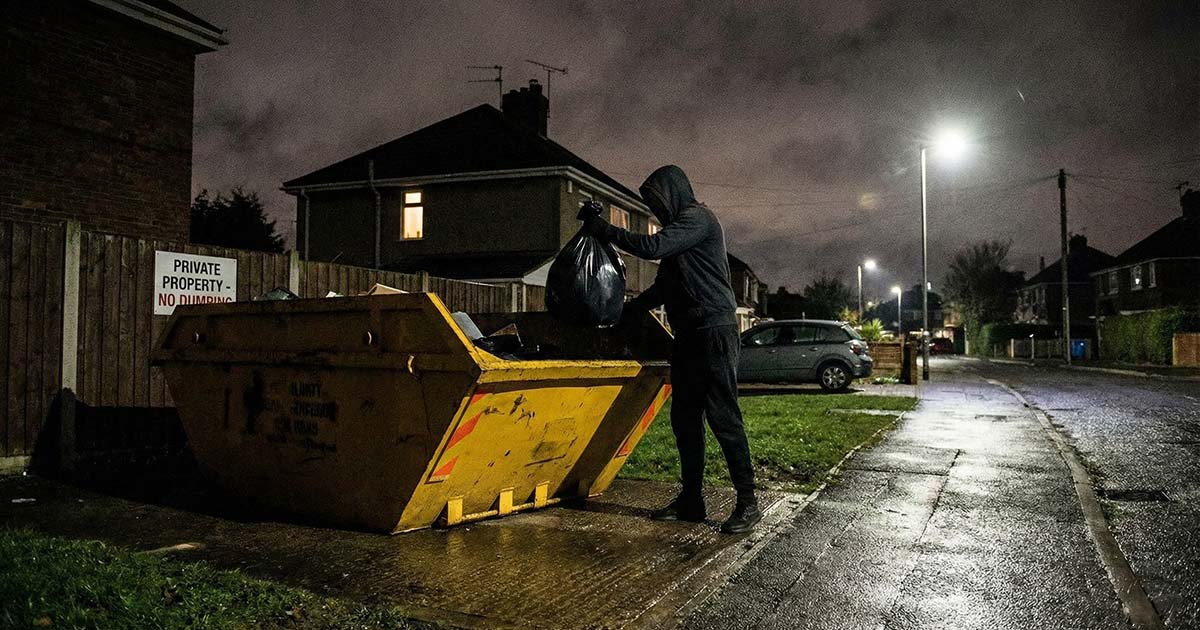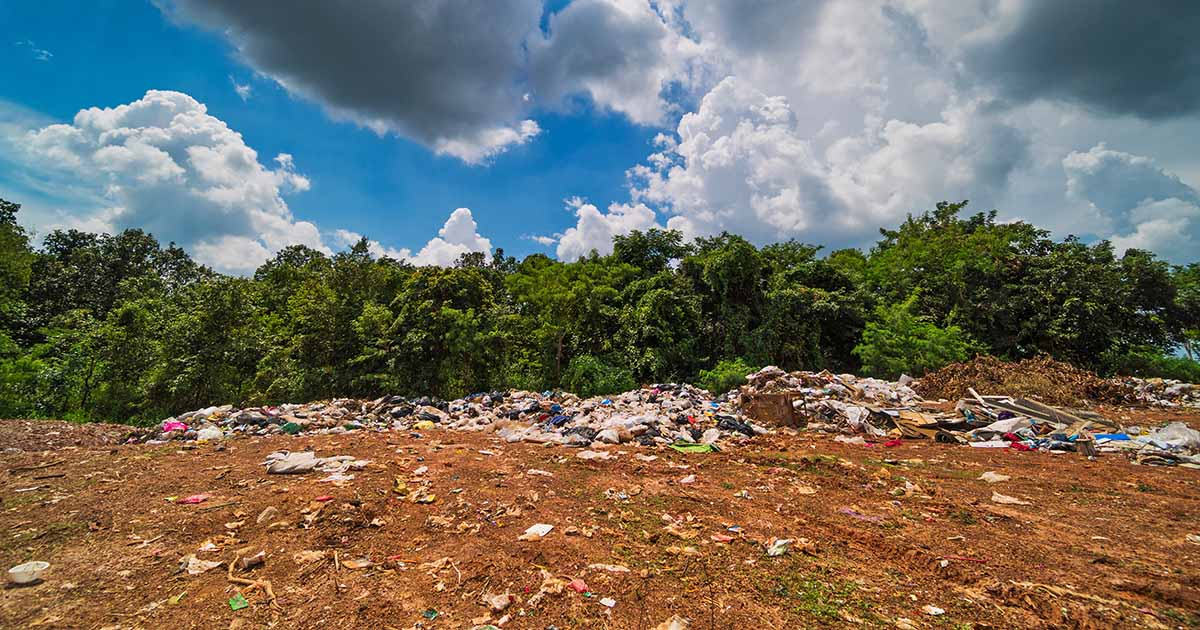Furniture Waste Statistics: UK 2025

The UK's furniture waste problem is growing, with over 22 million pieces discarded annually. Our survey examines how often furniture is replaced, what drives disposal habits, and the differences across age groups and locations.
Read More





